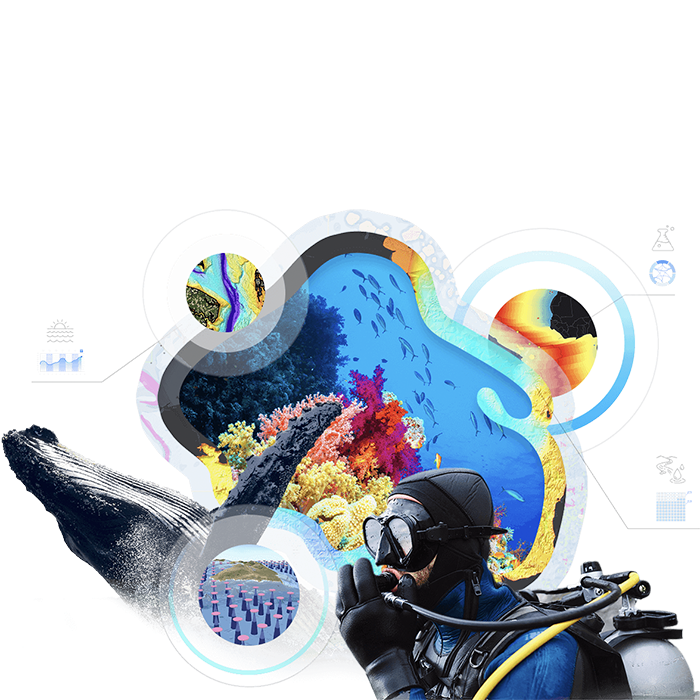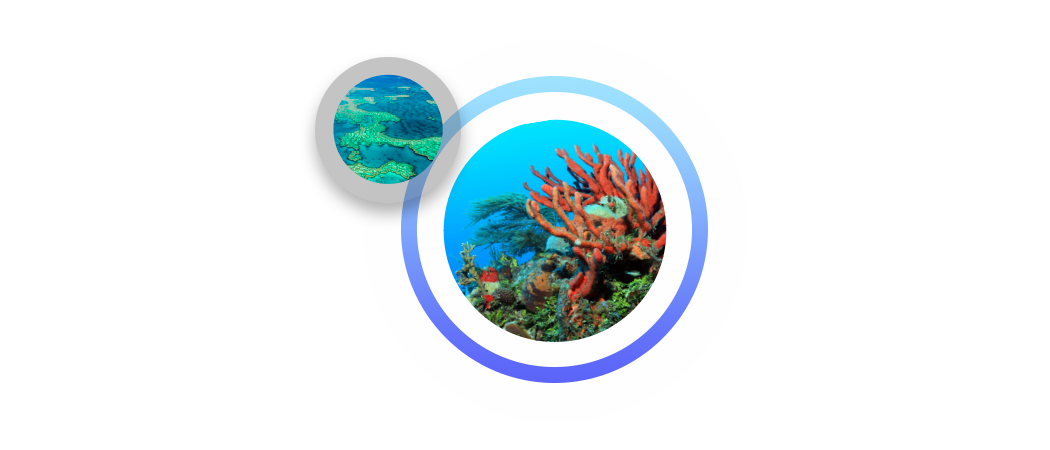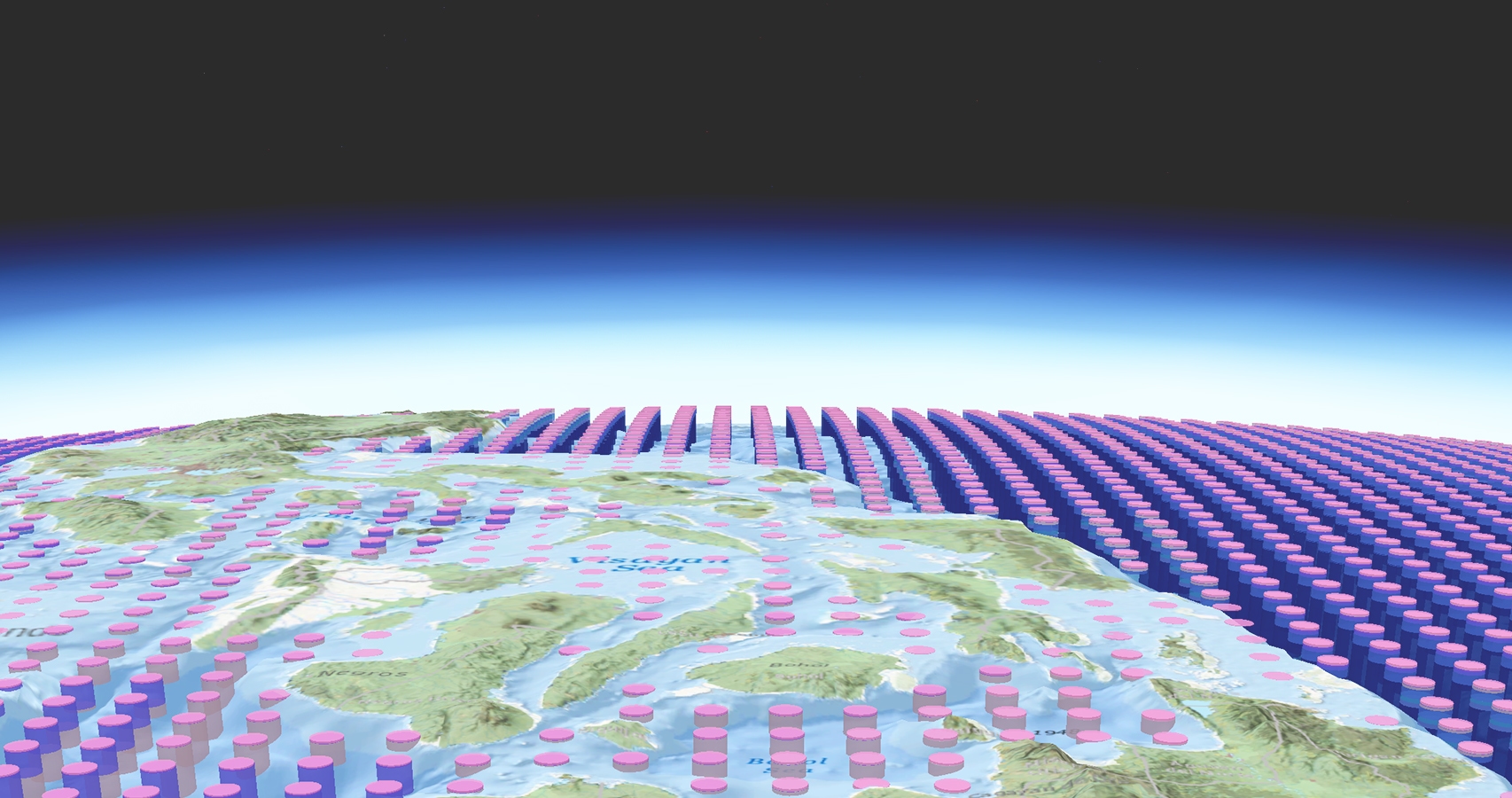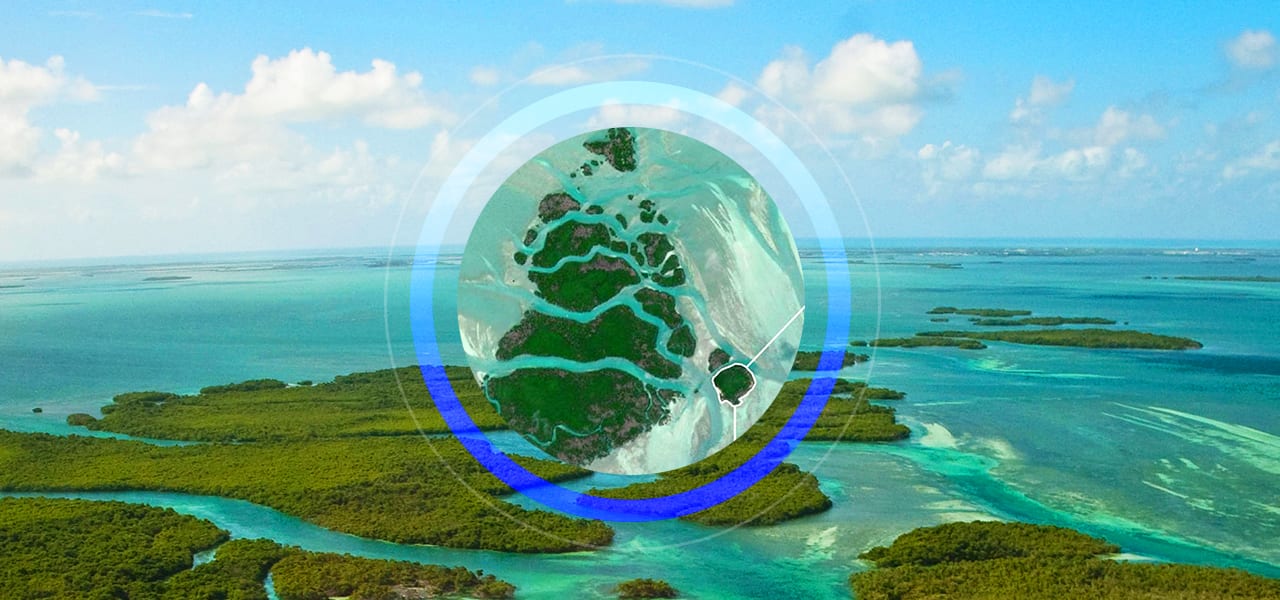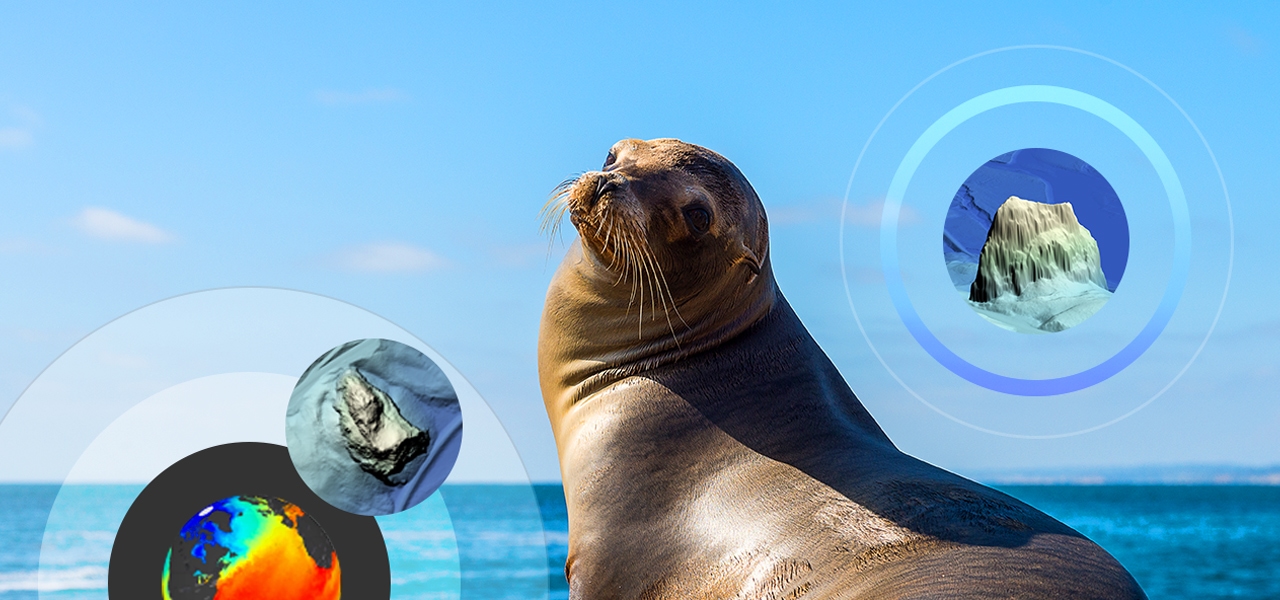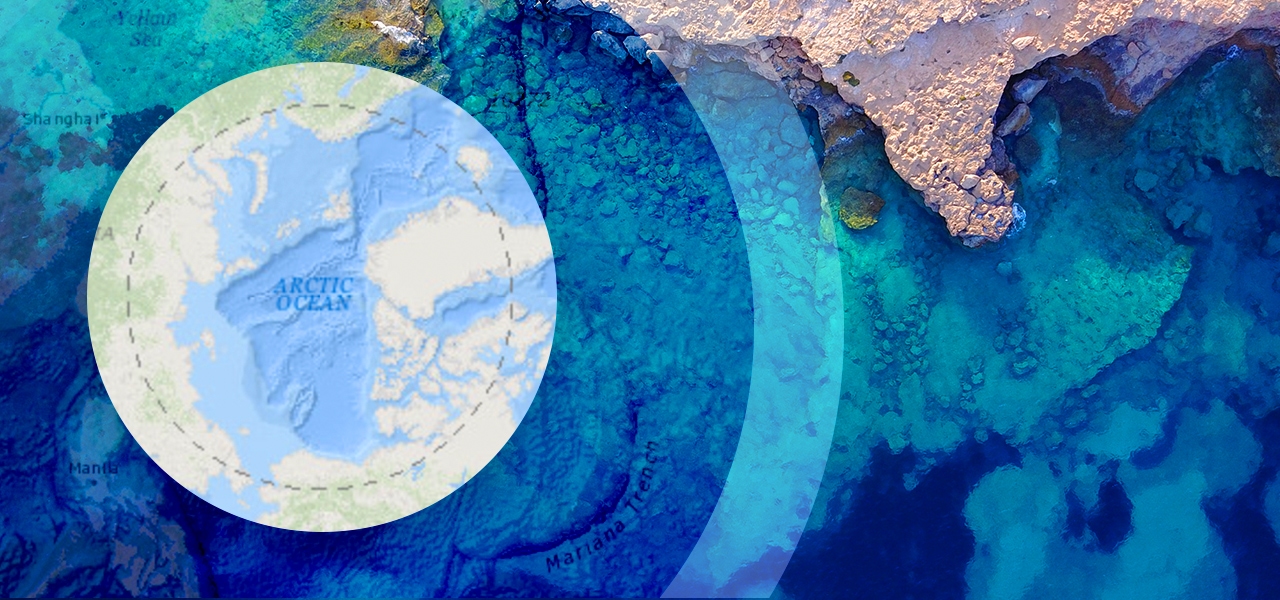UNH/CCOM-JHC Data Portal
The University of New Hampshire’s Center for Coastal and Ocean Mapping (UNH/CCOM) and National Oceanic and Atmospheric Administration (NOAA) Joint Hydrographic Center (JHC) have provided web-accessible maps since 2012. This portal includes a wide variety of ocean maps and applications, offered in collaboration with the General Bathymetric Chart of the Oceans (GEBCO) and Seabed 2030.


